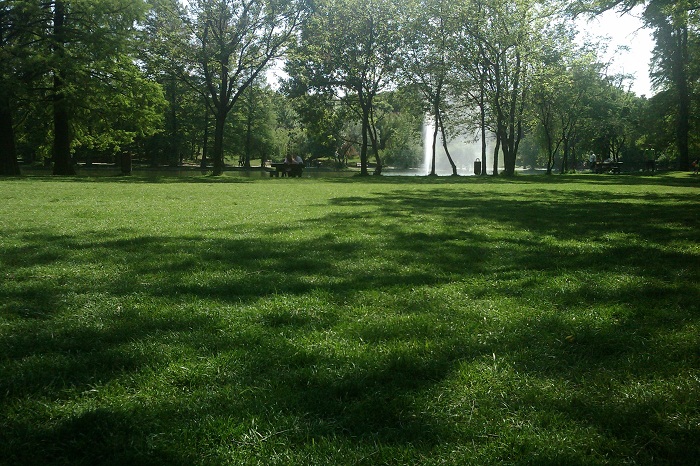Bucharest, second most polluted capital in Europe but ranks better than Paris on green areas

 Bucharest has the second highest number of days when the air pollution exceeds the admitted level of dust, with almost three months a year when the air has a higher concentration of dust than the norm. Bulgarian capital Sofia ranks first, with 162 days, according to a recent report about quality of living in Bucharest by the Center for Sustainable Policies Ecopolis. Best ranking are Stockholm and Copenhagen, with only two dusty days a year.
Bucharest has the second highest number of days when the air pollution exceeds the admitted level of dust, with almost three months a year when the air has a higher concentration of dust than the norm. Bulgarian capital Sofia ranks first, with 162 days, according to a recent report about quality of living in Bucharest by the Center for Sustainable Policies Ecopolis. Best ranking are Stockholm and Copenhagen, with only two dusty days a year.
Bucharest doesn't rank among the European capitals with the highest area of green spaces, with 23 sqm of parks and green areas per inhabitant, but managed to exceed Paris, which only has 2 sqm of green areas per capita. It is however far behind Tallin, that has almost 500 sqm of green areas per inhabitant, or Vienna, with 120 sqm.
Despite the increasing trend on bicycle use, Bucharest still fares low compared to other European countries. The report, based on data from 2009, shows that only 0.7 percent of the total trips to work or school are by bike, compared to 59.5 percent in Copenhagen, for example. Things may have changed in the last three years, when the number of cyclists has visibly increased in Bucharest.
In August 2011, Romania reported 160 km of bike lanes, from 59 kilometers in 2009. However, the number of bike trips in a city isn't directly proportional to the length of the bike lanes. This has been proved by Copenhagen, with 400 km of lanes and more than half of the work trips done by bike, while Helsinki, with 1,200 km of lanes, shows a 10 percent ratio of bike rides within work transport.
For comparison, the GDP per capita in Bucharest – some EUR 19,800, is less than half Copenhagen's EUR 43,600. It was shown that more developed economies tend to choose less polluting means of transport and set higher environmental standards, which in turn influence the quality of life.
Bucharest's administrative organization, with its 6 districts at almost 2 million inhabitants, is structured differently to Budapest, for example, which has 1.7 million inhabitants and 23 districts.
In Bucharest, the local general budget is decided by the Bucharest mayor, while each district runs its own budget. Bucharest is among the minority group of cities with a de-centralized budget and district heads chosen directly by the citizens.
editor@romania-insider.com












